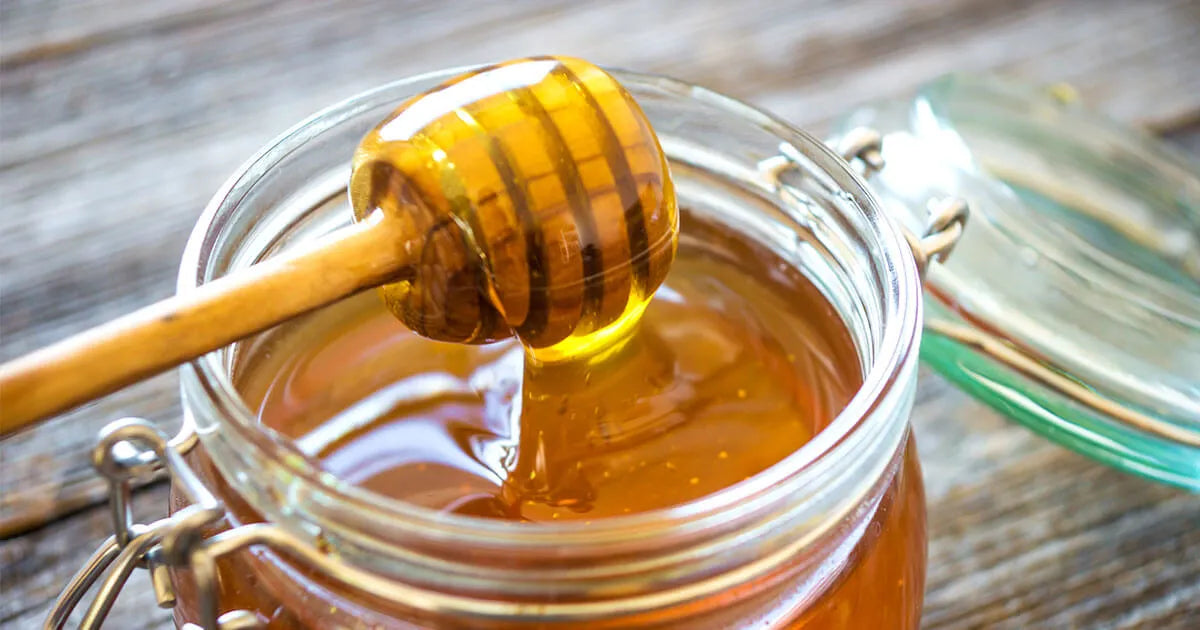What Makes Honey Sticky?
Honey Facts
We were wrapping up a particularly active and honey-filled National Honey Month today, and a question hit us out of the blue. A question so simple and so obvious, we’d never even thought to ask: why is honey so sticky?
For years, we’ve been so focused on the main aspect of honey – its sweetness – that we never even thought to really think about its texture. Which we should, because it really does defy logic. Bees make honey as a way to store food for the winter. So, why would you want a sticky pantry? It’s also impossible for bees to transport honey outside the hive. Wouldn’t little snackable clumps be better?
So, chemically speaking, here’s what makes honey sticky.
Honey is a supersaturated solution. That is, it’s about 15–18% water, while the rest is mostly simple sugars, with a few enzymes and vitamins in the mix. It’s normally not possible to get that much sugar in that little water, but bees make it so. By heating their hives to +90º year-round, evaporating the water, and adding a bit of slightly acidic hydrogen peroxide, bees can dissolve much more sugar in water than you’d expect.
This high concentration of sugar molecules in water makes for a high viscosity, meaning that honey doesn’t flow quickly and easily. Now, these are simple sugar molecules, so they don’t completely stop the flow of honey in its tracks, but there’s just so much of them that they slow things down dramatically. Compare honey to peanut butter, which is mostly made up of complex protein and fat molecules, to the point that you can’t pour it at all.
Another way to think of viscosity is a liquid’s ability to change shape. Viscous things, like peanut butter, cookie dough and hair gel don’t really change their shape much. You have to push and pull to deform them or get the surface of the liquid to move. This is, basically, stickiness: a liquid trying to hold its shape. Honey has the perfect combination of strong surface tension and medium viscosity to make it sticky, but still able to flow.
Adhesion and cohesion – stickiness, basically – start at the molecular level. In this case, sugar molecules form hydrogen bonds with other molecules, absorbing water as it does so. This makes the honey stick to itself (cohesion) while also sticking to anything it can (adhesion.)
To wrap this all up, we just need one more $5 word: hydrophilic. It’s a term for anything that absorbs, mixes with, dissolves in, or otherwise get wet from water. Honey, being just a big ol’ supersaturated solution of water and sugar, is very hydrophilic. For reasons much too complicated for this blog to get into, your skin is, too. So, when you touch honey, the sugar molecules in the honey are doing their best to bond with the hydrophilic surface skin.
Thankfully, honey is made up of sugars, making bonds that aren’t all that strong. A little warm water and patience, and you’ll be out of any sticky situations in no time.

